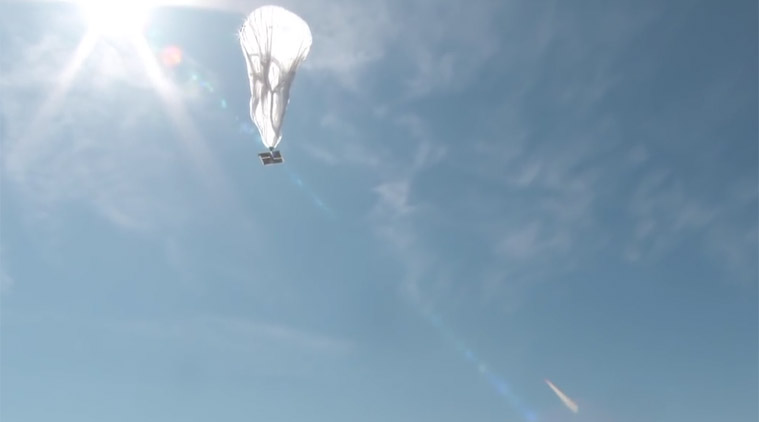
After initial reservations, the Centre is now open to allowing pilot projects and technological experiments by companies such as Google and Microsoft for expanding their Internet reach in India.
However, the final approval for projects such as Google’s Project Loon and Microsoft’s Project White Spaces would be subject to these projects being deemed as consistent with India’s broader security requirements.
“We must be liberal in permitting experimentation of new technology for connectivity. Let there be pilots, Project Loon and Microsoft’s project (White Spaces), let the new experimentation happen… When the results come, we will take policy initiatives consistent with security requirements. I am very open with experimentation of new products,” said Minister for Communications and Information Technology Ravi Shankar Prasad.
Asked on the security clearances required for these projects, Prasad said, “They need (clearances). They are in process, there are many requests but let them formally come to us. Satya (Nadella) had also come to us, they are also very open, some (pilots) they have started in Andhra Pradesh and then Sundar Pichai also had come… Let them come.” In mid-December, the Ministry of Communications had said that the frequency band proposed to be used by Project Loon, through which Google plans to provide internet connectivity using balloons, was already “being used for cellular operations in India” and that “it will lead to interference with cellular transmissions”. Microsoft Chief Executive Officer Satya Nadella and Google Chief Executive Officer Sundar Pichai had met Prasad later in December, wherein they are believed to have discussed the viability of their respective projects. Google defines Project Loon as a “network of balloons travelling on the edge of space, designed to connect people in rural and remote areas, help fill coverage gaps, and bring people back online after disasters”.
Project Loon balloons will travel in the stratosphere, approximately 20 km above the Earth’s surface, latching on to layers of wind as directed by software algorithms to determine where they need to go. In the end, they will form one large communications network. Each balloon can provide connectivity to a ground area about 40 km in diameter using wireless communication LTE or 4G. Project Loon partners with telecom companies to share cellular spectrum. It has already tested this technology in New Zealand, California and Brazil.
To use LTE or 4G, Project Loon partners with telecom companies to share cellular spectrum so that people will be able to access the Internet everywhere directly from their phones and other LTE-enabled devices. Google uses solar panel and wind to power electronic equipment in the balloon throughout the day. Microsoft through its White Spaces project proposes to utilise the unused spectrum from television for internet connectivity. Srikakulam district in Andhra Pradesh has a pilot project already in place for the White Spaces project. The company is seeking free unlicensed spectrum for which the telecom companies have been eager to know the policy stand of the government.
No comments:
Post a Comment